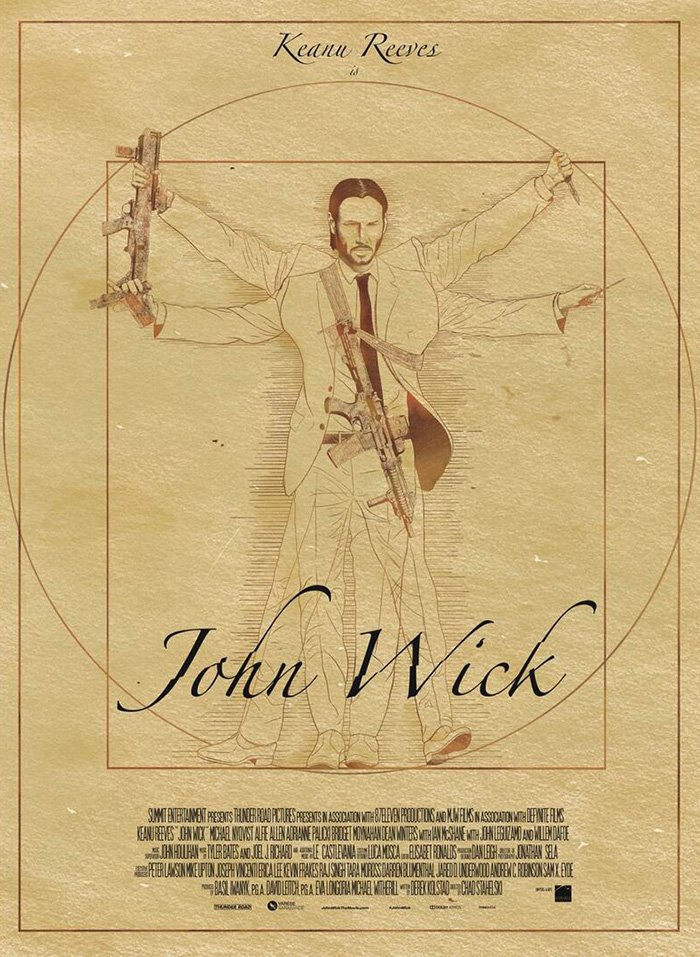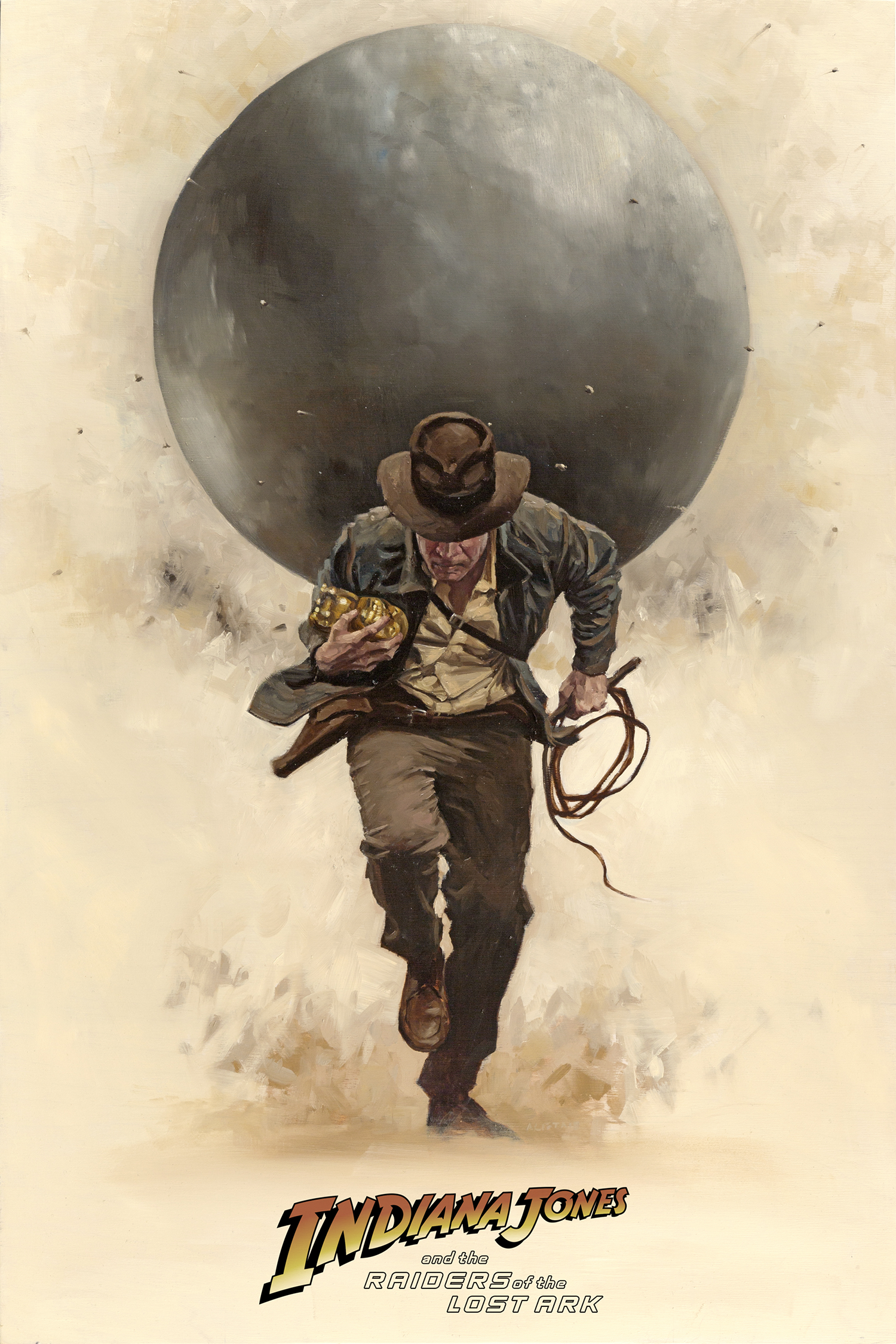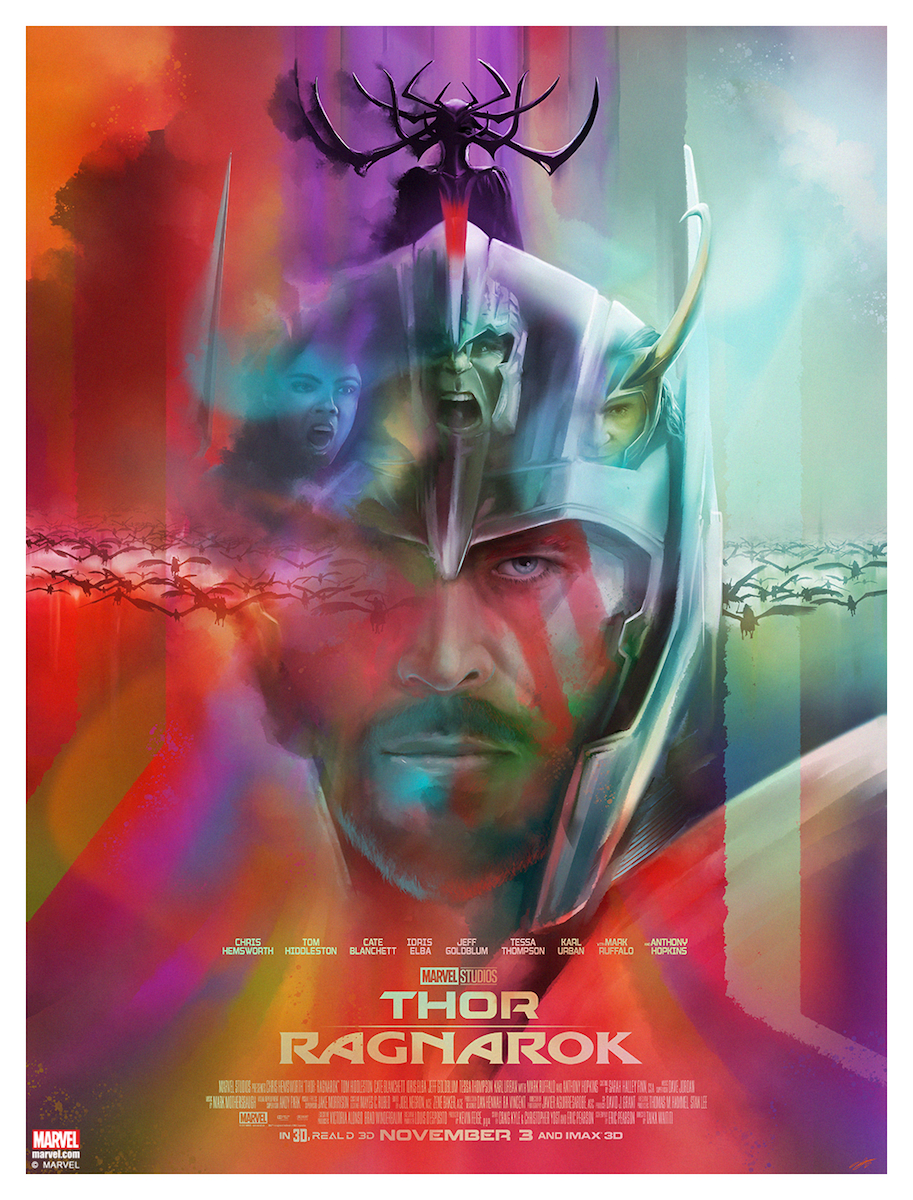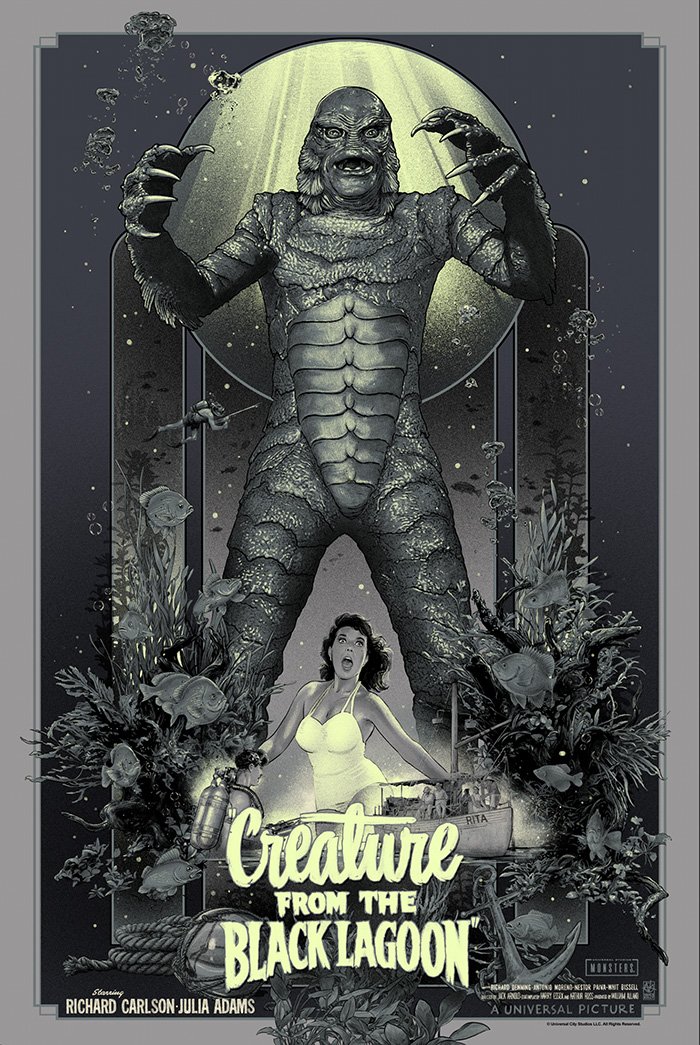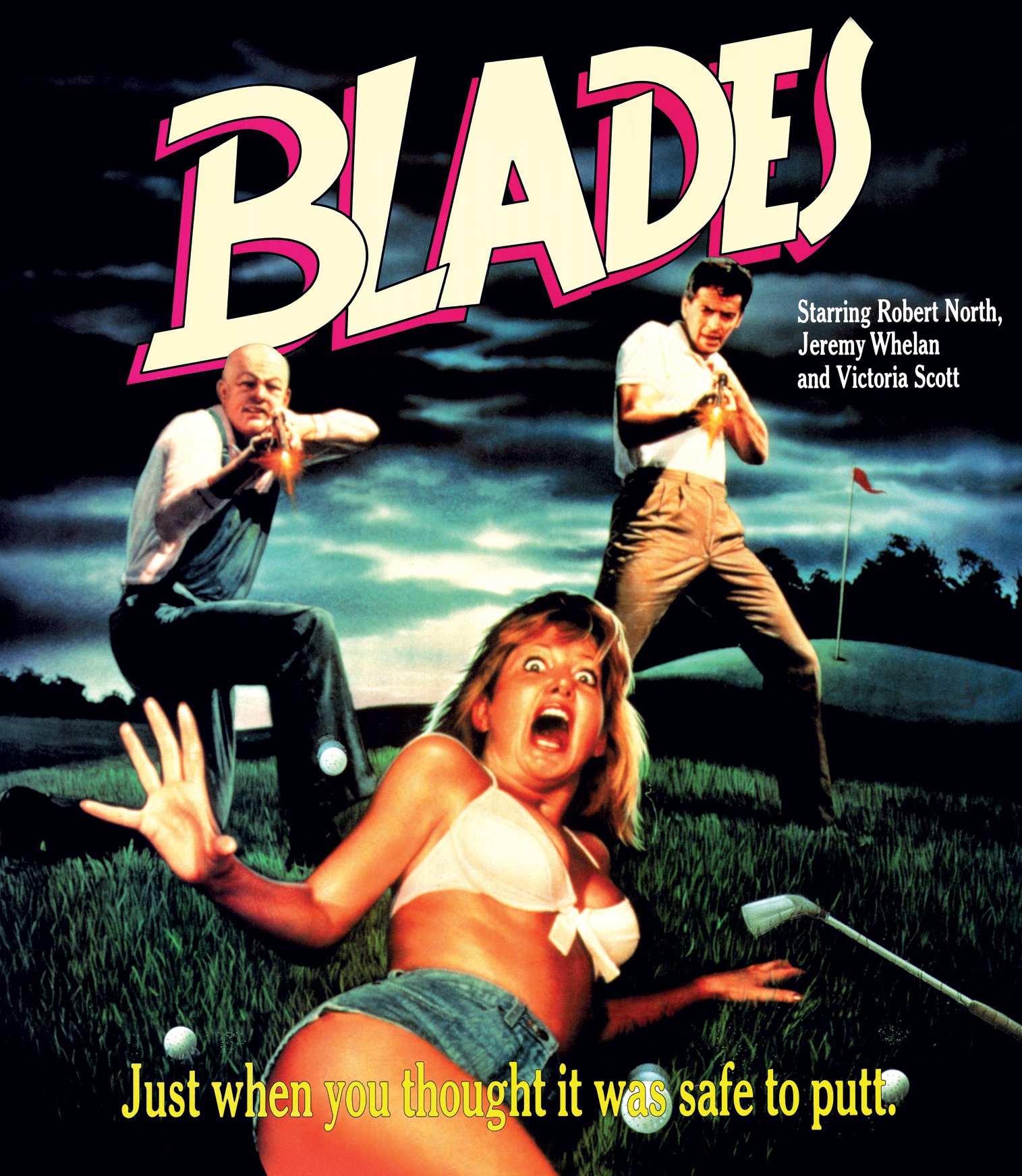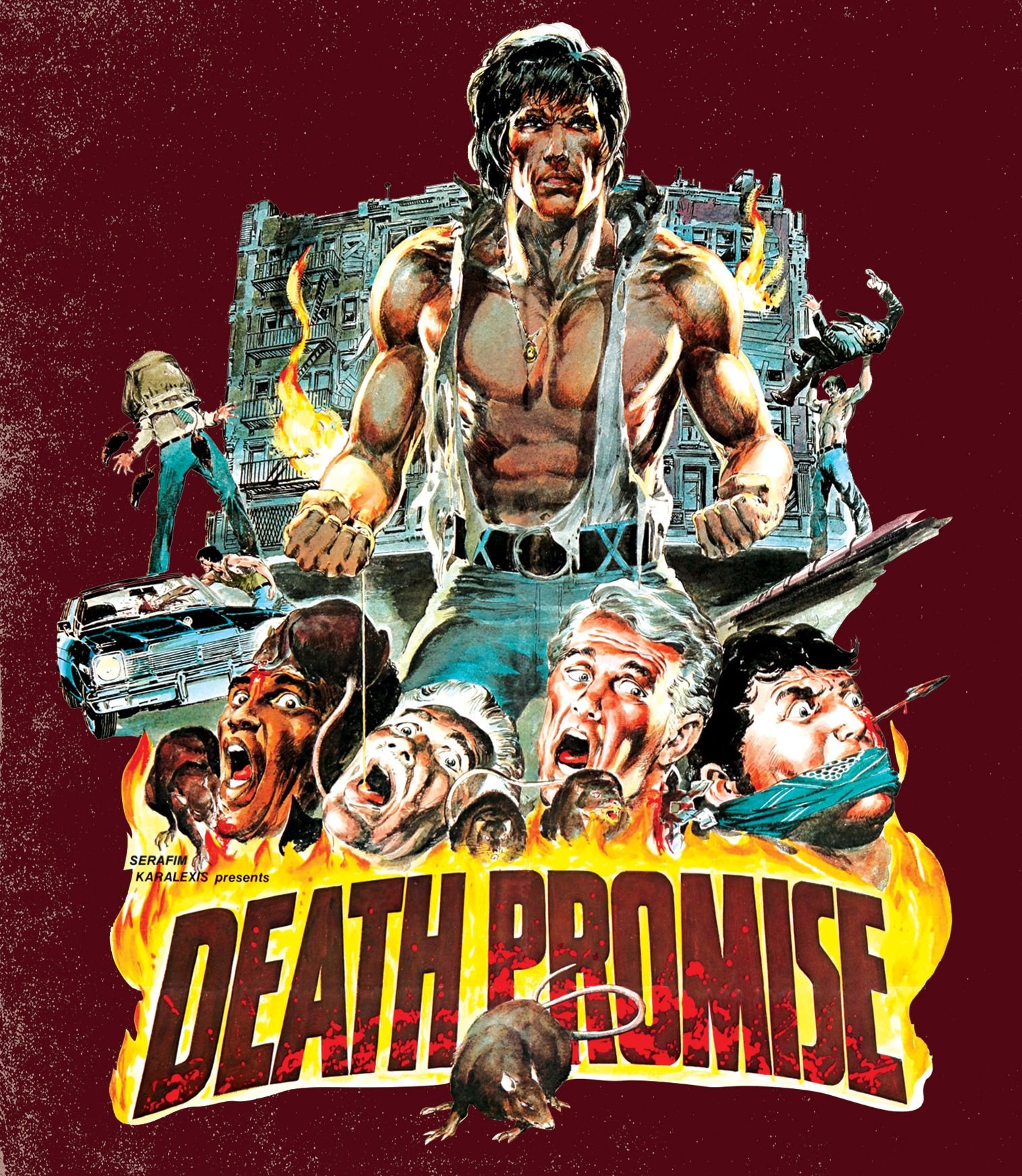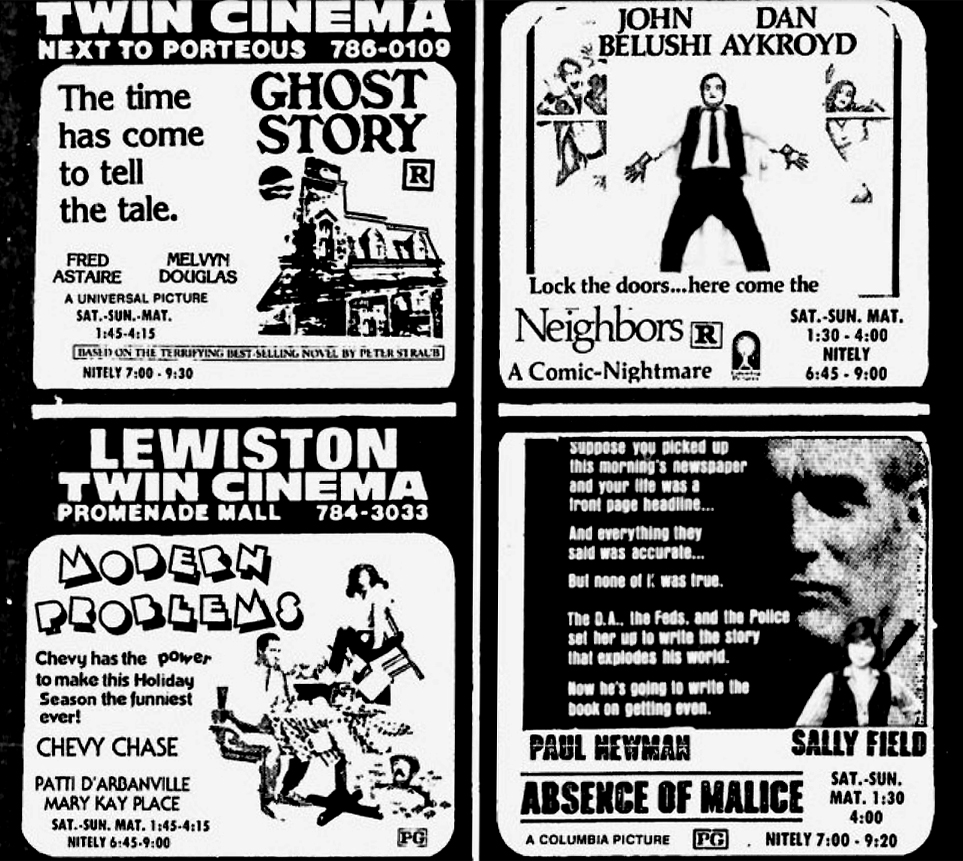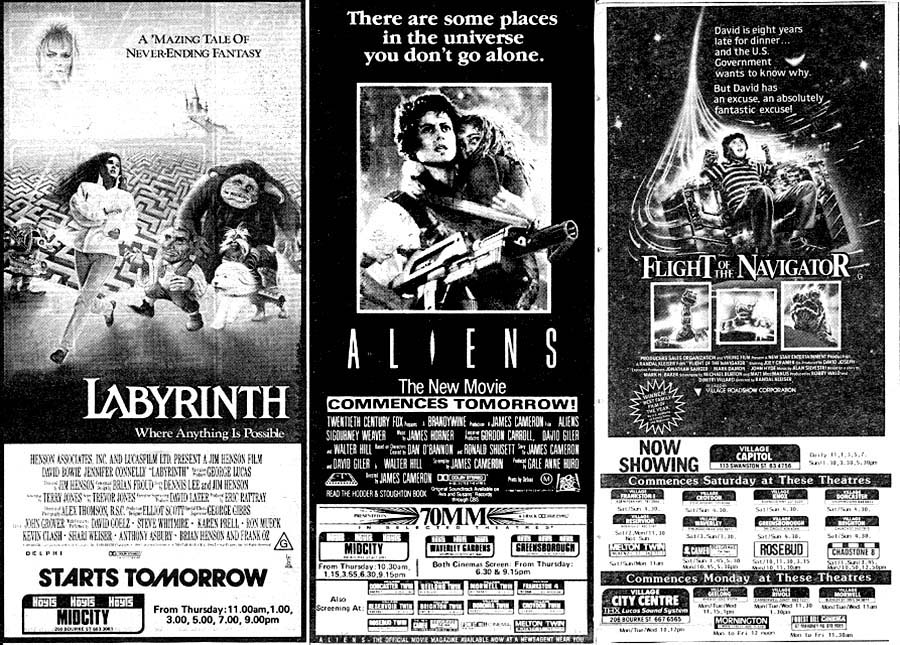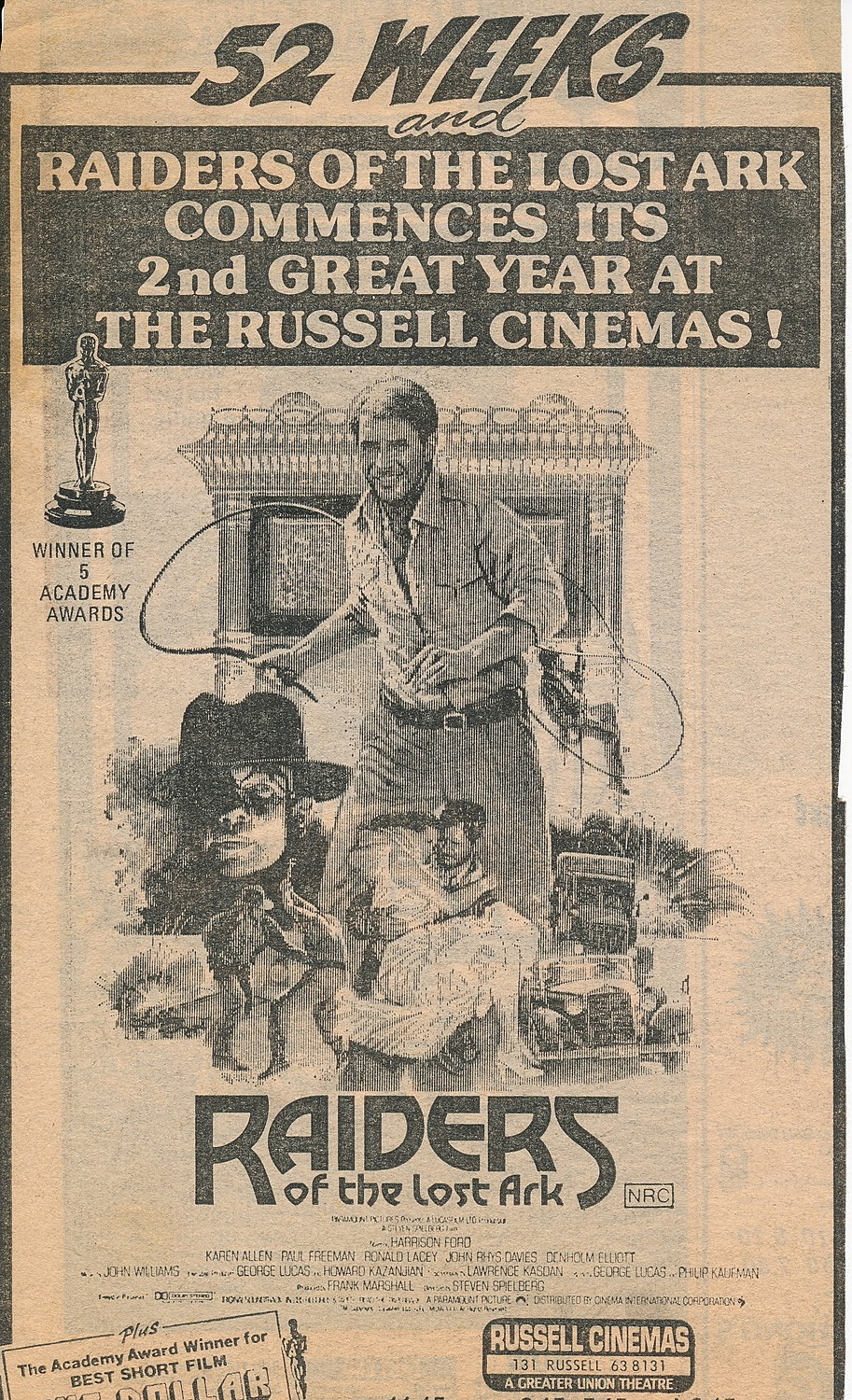THE ART OF BRUCE-PLOITATION: A LOW BUDGET LOOK-ALIKE CRAZE
The art and legacy of the high-octane blend of jaw-dropping action, gravity-defying stunts, and enough Bruce Lee look-alikes to start a full-blown martial arts army.
In the wake of Bruce Lee's untimely death in 1973, a new genre of martial arts film emerged: Bruceploitation. Created as a cashew by studios to capitalize on intense interest in the star, and the, sadly, small amount of titles he headlined, these low-budget films were made with questionable execution and starred actors who bore a passing resemblance to Lee, and titles riffing on Lee’s box office successes, often with dubious stretches of the imagination (The Pig Boss (1972), Enter the Game of Death (1978)). The genre reached its peak in the late 1970s and early 1980s, but evolved into a cult favorite among fans of martial arts cinema thanks to some actually competent action.
New Fist Of Fury (1976)
A typical sample of Bruceploitation films included such whimiscal titles as Exit the Dragon, Enter the Tiger (1974) starring Bruce Li, Bruce Lee Fights Back From the Grave (1976) sporting a resurrected Bruce Lee thanks to a bolt of lightning striking his grave and Bruce the Super Hero (1978) starring Bruce Le.
Bruce Lee Fights Back From The Grave (1976)
The Bruceploitation genre was born out of a desire to capitalize on Lee's immense popularity. In the years following his death, Lee's films continued to be released in theaters and on home video, creating a new generation of fans who missed Lee's work first time around, and yearned for a dose of what might have been had his career trajectory continued upward, as ;promised with his western breakthrough Enter The Dragon (1973). The nature of Lee’s death, sometimes attributed to a curse, found it’s way into the Bruceploitation genre by way of films like Exit the Dragon, Enter the Tiger in which Lee asks Bruce Li to replace him after his death.
Bruce Lee: The Man, The Myth (1976)
A curious and specific subgenera, like many exploitation era productions, several Bruceploitation films are considered to be cult classics, beloved for their camp value and over-the-top action sequences and a bittersweet reminder of where Bruce Lee’s star was headed. Certainly not in the realm of high art, or in the same league of production level as the Shaw Brothers films, they remain immensely entertaining as cheap cash grabs of the era, and fodder for a night of B Movie madness.
The Clones of Bruce Lee (1980)
Enter The Invincible Hero (1977)
Fist of Fury 3 (1979)
The Dragon Lives (1976)
Bruce Lee: The Invincible (1978)
Fist of Fury 2 (1977)
THE ART OF ALTERNATIVE MOVIE POSTERS
Art that has morphed from worshiping movies loved by fans into a frenzied cottage industry of sorts highlighting renditions of classic movie posters and titles held with reverence by their creators.
Fan art has morphed into a frenzied cottage industry of sorts for fan made renditions of classic movie posters and titles held with a degree of reverence. Often found prominently ion the aisles of Comic Cons, galleries like New York’s Bottleneck Gallery or Los Angeles’ Hero Complex have brought the work of independent artists and their brand of movie worship to their walls, often inspiring frantic bids for limited runs.
Jaws by Alistair Little
With many modern movie posters being rather banal Photoshop assemblies that can be altered as their stars fame increases or fades, and even worse - made to fit into streaming service thumbnails, artists have filled thr void of true art not seen since the heyday of VHS, many times creating poster art far, far better than what the studio has rushed out. Many will creatively zero in on a singular thematic element, idea or scene, to center the design.
We’ve collected but a small taste below of some of our favorites including the likes of Vance Kelly Dave Perillo, Alistair Little, Andy Fairhurst, Agustin R Michel and Micael Espinha with more to come in the following weeks as we deep dive into this highly collectible genre of movie art.
John Wick by Adam Edwards
Jaws by Andy Fairhurst
Beetlejuice by Vance Kelly
The Dark Crystal by Vance Kelly
Sword In The Stone by Dave Perillo
Ghostbusters by Vance Kelly
Die Hard with A Vengeance by John Cordero
Interstellar by Karol Rogoz
Mad Max Fury Road by Vance Kelly
The Omen by Andy Fairhurst
Raiders of the Lost Ark by Alistair Little
Spider-man: Into The Spiderverse by Andy Fairhurst
Thor Ragnarok by Andy Fairhurst
Creature From The Black Lagoon by Vance Kelly
Videodrome by Agustin R Michel
Zardo by Micael Espinha.
THE AWESOME ART OF VENEGAR SYNDROME
From the depths of the era of the VHS era of the 80s, one company has taken their love of genre cinema to the heights of restoration and stunning limited edition cover art for their physical releases.
For those lucky enough to grow up in the era of the video store, especially during the VHS era of the 80s, one would be presented with aisles upon aisles of B movies, churned out to keep shelves stocked as video rental became a vastly profitable enterprise for relatively inexpensive genre movies.
More often than not (actually, far more often), the cover art was either infinitely more exciting (or dubiously misleading) than the actual content of the film inside. Many of these titles, be it action, martial arts, horror, sci-fi or exploitation, used elaborate hand painted cover art as a way of selling the title as worthy of the few dollars coughed up to rent. As the VHS era continued into the 90s and early 00s, as DVD became the dominate format, cover art became decidedly less inspired via rush-job Photoshop cover ‘art’, using scans of the actors faces, generic color schemes, a visual gag found on countless other movie covers (like the overused ‘blue and orange’ motif), was a product of studios needing to sell titles based on an attractive face or a former star slumming it in the direct to video market.
One entity that clearly reveled in that era of the 80s VHS cover is the restoration and distribution company VINEGAR SYNDROME. The company’s name was derived from the effect caused by deterioration of celluloid film reels over time that creates a distinctively strong vinegar odor as the physical elements break down. VS has restored over 500 movies from a variety of underground and cult movie genres, in a literal race against time to ensure the preservation of a type of film making in scarce supply, many amongst their catlog that haven’t been heard from or seen since their last foray on video store shelves.
Be it blood soaked teen slasher films or wandering ninjas or samurai in places like New York City, even beloved comedies like Drop Dead Fred, VS has caught the acclaim of institutions and preservation bodies such as NYC’s Museum of Modern Art and DC’s Library of Congress plus ongoing screenings, including on 35mm, at film houses like The Alamo Drafthouse. Indicative of this effort are the stunning, newly commissioned art from a variety of independent artists works that find their way to the limited edition Blu Ray releases, as well as the multitude of genre specific design applied to their DVD releases. We’ve dropped a few of our favorite examples of the limited Blu Ray releases below, but a deep dive into their vast catalog is well worth your time (and money if you want to beef up your physical movie collection). Dig in HERE.
POPCORN CULTURE: THE NEWS PRINT PROMO
In this installment: Full page ads, oddities, deep dicing for double feature and ink on your fingers was all part of planning your night at the movies before scanning websites.
While now, websites in all their orderly and categorized glory make quick work of planning a trip to the movies, there was a distinct pleasure of opening up the entertainment pages to see what was playing locally. Some cities had it better than others for choice, New York in particular in the bad old days of 42nd Streets strip known as ‘The Deuce’, but there was a sense of exploration had when you poured the smaller type and tinier blocks of advertising, to happen across an oddball double bill, or the often slap-dash cut and paste aesthetic. Of course, the bigger movies were able to take out entire full page, poster sized ads in giant newspapers, which often would wind up on a young fans bedroom wall.
We rounded up few to bring back the memory of scanning pages of paper, and smudging of newsprint in the pursuit of entertainment…
POPCORN CULTURE: CELLULOID TO COMIC PANELS
In this installment: Before the heroes were cannon fodder for launching movie franchises, DC and Marvel were putting the movies into readable format.
Throw back to a pre 90s era of movie consumption. If you were a kid growing up in the 70s and 80s, either a movie ticket was going to get you close to your favorite film, or if you begged enough, a trip to the video store to rent that title, often many months after it completed its cinema run, was a back up option.
Prior to DVD, a very limited amount of titles went to 'sell-through' with obvious sure-fire return on investment picks making the cut, and could top out $60 or more. Top Gun by Paramount was one of the first affordable titles released in 1987 at only $26.95, and in the late 90s, virtually every title went to retail via DVD at a progressively more reasonable price.
Circling back to being a kid in that era and wanting to re-experience that summer blockbuster or latest sci-fi epic, snapping up comic books was the easiest way of course for a mere dollar or less, depending on the era. Before their properties became summer tentpole movie franchises, DC and Marvel produced a plethora of movie adaptations, adapting screenplays and in some cases, taking some liberties on scripted dialogue. The titles often ran as a mini series of up to four issues depending on the popularity, while some were condensed into a single book, often the case with DC. Marvel took the main volume of adaptations, with DC keeping their output fairly minimal in comparison, offering up obvious choices like a collectible adaptation of 1989's Batman.
Some were obvious no-brainers ranging from Star wars to Indiana Jones, but some more interesting choices have become collectible including Little Shop of Horrors and Buckaroo Banzai. We've rounded a few up below that may have wound up in your collection...
THE CLASSICS GONE 'MAD'
Mad Magazine has served up incredible covers for its movie parodies for over six decades. Here's a few of our favorites.
Without a doubt, one of the most influential publications of the last 60 years has been Mad Magazine. It may seem surprising to a generation raised on blogs and digital comics, but the New York based satirical magazine defined parody and comic illustration since it's inception as a comic book in 1953. To circumvent the Comics Code Authority that was hammering down censorship on parent company EC for it's horror themed publications like Tales From The Crypt, Mad converted to a magazine in mid 1955, allowing it to continue it's biting commentary on American life, raunchy humor and subversive illustration. It was responsbile for spotlighting some of the greatest American illustrators of the 20th Century including Mort Drucker, Jack Rickard, Jack Davis, David Berg, Norman Mingo, Sergio Aragones, Al Jaffee and a list almost too numerous to continue.
In it's hey day, Mad created some wonderfully witty cover images for it's move spoofs, often pitting it's dim witted mascot Alfred E. Neuman in roles opposite that month's biggest movies stars. The gags were quick, and still offer a chuckle decades later. Below are our favorites;
'A Clockwork Orange', June 1973 by Norman Mingo
'Jaws 2', January 1979 by Jack Rickard.
'The Towering Inferno', September 1975 by Norman Mingo.
'Superman', July 1979 by Jack Rickard.
'The Godfather', December 1972 by Norman Mingo
'Return of the Jedi', October 1983 by Richard Williams.
'Batman Returns', October 1992 by Mort Drucker.
'Back to The Future', January 1986 by Jack Davis.
'Star Wars: A New Hope', January 1978 by Jack Rickard.
'Close Encounters of The Third Kind', July 1978 by Jack Rickard.
'Planet of the Apes (parts 1-5)', March 1973, by Norman Mingo.
'Jaws', January 1976 by Mort Künstler.
"War Games', January 1984 by Richard Williams.
'Rocky', October 1977 by Jack Rickard.
'The Empire Strikes Back', January 1981 by Jack Rickard.
'Gremlins', September 1984 by Richard Williams.
'The Addams Family' , June 1982 by Richard Williams
'Mars Attacks', January 1997 by Mark Friedrikson.
'Star Wars: Episode 1', July 1999 by Andres Parada
'Aliens', January 1987 by Will Elder and Harvey Kurtzman.
REVISITING THE ANIMATED PLANET OF THE APES
Amongst the initial film series and modern reboots, The Planet of the Apes also existed as an animated adventure produced by Loony Tunes legend Friz Freleng, ultimately ending after only 13 episodes.
Planet of The Apes remains one of the seminal sci-fi achievements of cinema, the 1968 original still remaining endlessly quoted, imitated and respected. Spawning more sequels than the average modern film franchise, it's initial run on the big screen concluded in 1973 with the lackluster Battle For The Planet of The Apes, before a maligned reboot courtesy of Tim Burton. A favorable return to form came about with the recent reboots using stunning advances in motion captured performance.
The three human leads before crash landing in a Simian future.
One place the Apes series continued was on the small screen with a short lived live action series, featuring film series regular Roddy McDowall. More of a curiosity however was the even briefer animated TV series 'Return to the Planet of the Apes' that debuted just over 40 years ago. Made in conjunction with 20th Century Fox, the series was made by DePatie-Freleng Enterprises, one half being the legendary animator, cartoonist, director, producer and composer Friz Freleng, whose most notable work was the Looney Tunes and Merrie Melodies series of cartoons from Warner Bros.
Apes movie regulars Jirra and Cornelius with Judy, the series human female protagonist.
'Return' followed similar narrative tropes from the film series, involving another group of astronauts that crash land on a future earth controlled by Apes (one would think by then NASA would stop sending these missions to space). Deviating from the Ape societies of the film and live action series, the animated adventures featured a more technologically advanced race, which put it at odds with the timeline of the film. Characters such as Dr. Zaius , Zira and Cornelius (as well as General Urko from the TV series) who lived in relatively simple civilization devoid of technology in the initial film, exists here alongside a Simian culture that has evolved to use television, electricity and a modern urban aesthetic including apartment buildings. A curous aspect was the NBC, the network that aired the series, stipulated that there was to be no violence that could be imitated by a child. This resulted in Apes that, although rather vicious to their human subjects on the big screen, couldn't actually use any weapons or inflict harm on anyone.
Despite low production values, the animated series had particularly interesting background paintings, albeit very often reused.
The series featured a highly simplified look. Animation of the era often relied on reusing cells and backgrounds to flesh out stories, but Return seemed to constantly recycle complete sequences throughout the series, coming across as poor production value. Voices felt monotone and droning at times, lacking urgency. Nova, the female human character who appeared alongside Charlton Heston's 'Taylor' in the original film, here is almost laughably bad with whimpers and shrieks that sound almost like a joke amongst the voice actors. However underneath the surface lies a very impressionistic and clever visual aesthetic that when viewed in retrospect, appears as a stroke of genius. The talents of acclaimed comic book artist and cartoonist Doug Wildley were employed for the series, whose previous credits included classics like Johnny Quest and other Hanna Barbera TV greats, as well as comic book work including Journey into Unknown Worlds, Marvel Tales, Mystery Tales, Mystic and Strange Tales. The limitation on budget and production forced the shows animators to become sparing and economical with their output resulting in a range of often bizarre backgrounds and stills images. A sequence in the forbidden zone in the premiere episode relied on heavy brush strokes of white and yellow for a scorching sun, rough sketched lines for the harsh terrain and even two-color still images of characters in peril with lighting effects laid over to heighten the implied danger.
Military apes carried weapons and drove armored vehicles, but attacking with them was a no-no according to NBC.
The titles sequence too featured a rather jaunty swinging tune synonymous with the music tastes of the 70s coupled with what appeared to be production illustrations edited into a fast paced introduction. Continuity was carried throughout meaning the story itself had to be viewed sequentially, an interesting move for the series makers as animated features of that time, Grape Ape, Hong Kong Phooey , Pink Panther and spin offs like Peebles and Bam Bam, shunned an ongoing serialization of story. The resolution of the astronaut's fate never coming due to the series' cancellation.
Although the pace may plod at times, Return to The Planet of The Apes is a curiosity of the Apes phenomenon, and worth tracking down the restored episodes on DVD.













